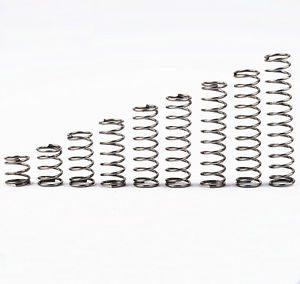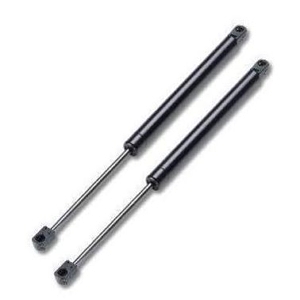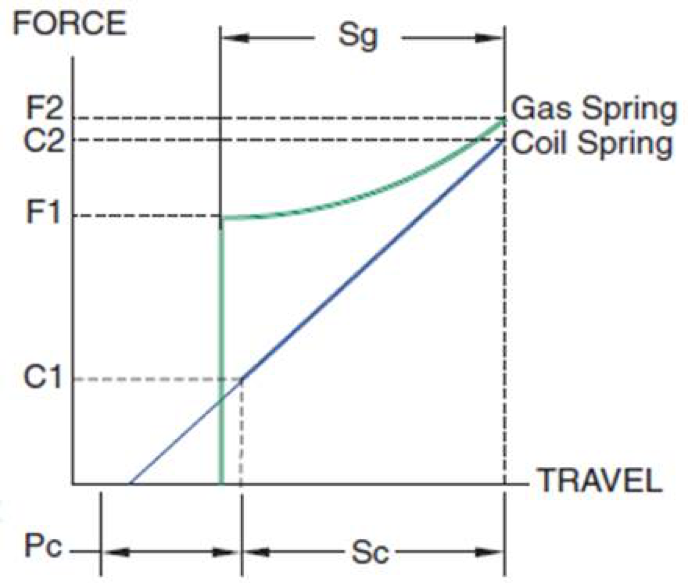What’s the Difference between Gas Piston and Metal Spring Counterbalance Mechanisms in Monitor Arms?

There are literally hundreds of ergonomic monitor arms on the market. Of these, there are core differentiations that are clearly visible, like styling, height adjustment range and number of monitors they’ll hold, and then there are those differences that are invisible to the eye—the internal mechanisms.
The most significant internal difference between different models is whether they are built using air cylinders (a.k.a. gas strut, gas piston, or gas cylinder) or compression springs (a.k.a. spring coils) to provide their counterbalance force.
 Compression springs are used primarily because they are more economical, and have no parts to fail or seals to leak so they also have extreme longevity. This means their force will remain constant as the years go by. They’re not as smooth or silent as air cylinders, and they have a faster “kick back” (stronger release force). The counterbalance forces increases linearly as the springs coils are compressed (see graph below). The force rendered by a spring coil depends on its material, wire thickness, spring diameter, number of coils and length.
Compression springs are used primarily because they are more economical, and have no parts to fail or seals to leak so they also have extreme longevity. This means their force will remain constant as the years go by. They’re not as smooth or silent as air cylinders, and they have a faster “kick back” (stronger release force). The counterbalance forces increases linearly as the springs coils are compressed (see graph below). The force rendered by a spring coil depends on its material, wire thickness, spring diameter, number of coils and length.
Examples include all Ergotron monitor arms like the LX and LX Sit-Stand, and iMovR’s Concerto and Xtend line of monitor arms.
 Air cylinders are used primarily for their smooth and silent operation, but they cost a little more and have a moderate life time compared to springs. Cheap cylinders used in some monitor arms, particularly low-cost made in China, will lose a bit of force every year until they ultimately fail to hold up your monitor. Look closely at their warranties for a clue as to their likely useful life. Higher-quality brands, e.g. iMovR’s Tempo monitor arms, use high-quality struts that are warrantied for fifteen years.
Air cylinders are used primarily for their smooth and silent operation, but they cost a little more and have a moderate life time compared to springs. Cheap cylinders used in some monitor arms, particularly low-cost made in China, will lose a bit of force every year until they ultimately fail to hold up your monitor. Look closely at their warranties for a clue as to their likely useful life. Higher-quality brands, e.g. iMovR’s Tempo monitor arms, use high-quality struts that are warrantied for fifteen years.
Air cylinders have a slower “kick back” (controlled release force), and force increases exponentially as they are compressed. It takes less force to compress the system at the beginning of the stroke, at the end of the stroke it requires much more force (see graph below). The force rendered by an air piston depends on its internal pressure.
Examples include Humanscale’s M2 Monitor Arm and iMovR’s Tempo Monitor Arm.
Gas vs. Coil Spring “Kick Back” (Release Force)

Learn all about the many differences between competing ergonomic monitor arms in our comprehensive round-up of the Top-Rated Monitor Arms for Standing Desks.

1 Comment
Leave a response >